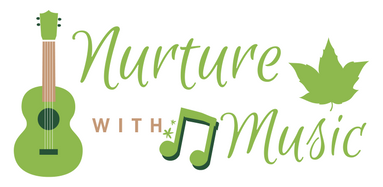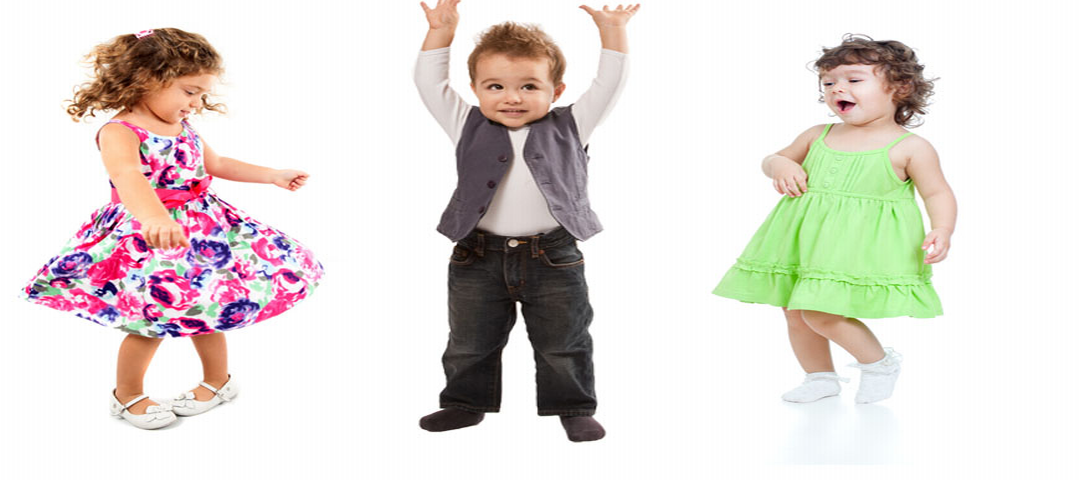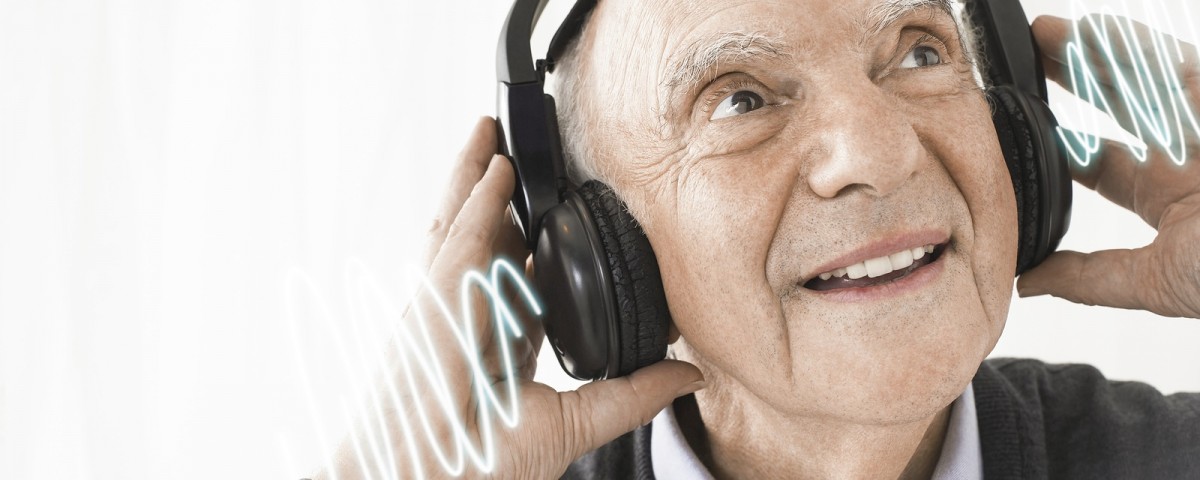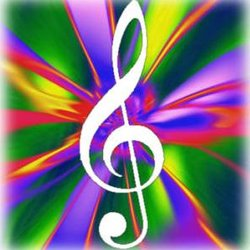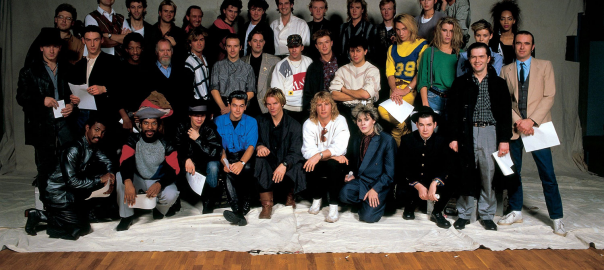Pin It Music Therapy can be extremely beneficial for people who suffer from an array of neurological conditions that include children with autism, brain injury trauma and concussions, stroke survivors, people withRead More…
Music and Well-Being
Pin It Music is Medicine to one’s body, mind and spirit. Bringing balance and wellness to one’s overall well-being. Music has the ability to vibrate one’s inner being on multiple levels includingRead More…
Music Therapy Song: Unleashing your Inner Child
Pin It This is a song created and written by Lucinda Drayton of Blissful Music. Therapeutic Elements: Tapping into your inner child by meditating and visualizing yourself as a 5 year oldRead More…
“Fact: Music is one of the only activities that activates, stimulates and uses the entire brain”
Music uses both the left and right hemispheres of the brain, implying that music is amazing brain “food” preventing brain degradation in the form of dementia and Alzheimer’s in your later years. Similar to learning a second language – this too can reduce the chances of developing Alzheimer’s in your senior years.
The creative right side of the brain resonates with the melody, harmony, and pitch, while the left side analyzes changes in frequency, rhythm, and intensity.
We play music and then the music plays us, bringing our emotions to the surface.
Listening to music can lead to improved focus, memory and attention, language skills, and physical coordination.
Playing music is even better for mental development than passively listening to music. Kids who join a band or learn to play an instrument develop better memories than kids with no musical training.
Listening to music while studying improves memory recall in all age groups. Instrumental music works best because the words in songs can compete with information you’re trying to remember.
Listening to music and playing music for the elderly can effectively prevent dementia and Alzheimer disease as it utilizes both sides of the brain actively. The same reason learning a second language can do the same – by combining the left logical rhythm hemisphere with the right creative melody hemisphere.
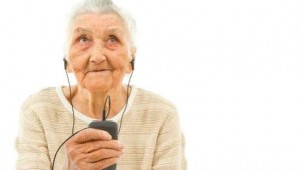
The Mozart Effect
Music has been universally used to help people remember language and stories significant to that culture. A remnant of that is teaching our children nursery rhymes.
It appears we are genetically programmed to respond to music. Babies in the womb react differently to music they like and don’t like.
Young brains that are exposed to music build more neural pathways, possibly leading to higher intelligence. One popular study found listening to Mozart led to higher scores on intelligence tests.
Findings like this led to a theory called the “Mozart effect”. Playing Mozart to babies before and after birth was believed to make them smarter. While this concept has fallen out of favor with the scientific community, many people are still convinced of its worth.
Music as Brain Therapy
There is an entire field of music therapy. Stroke victims who listen to music have faster recoveries and improved verbal memory and attention spans compared to those not exposed to regular music. Songs can help create new speech pathways in the brain that circumvent damaged regions.
Giving seniors with Alzheimer’s or dementia an iPod can greatly improve their lives. Music helps to fill their days, brings many of them out of their shells, and rekindles memories.
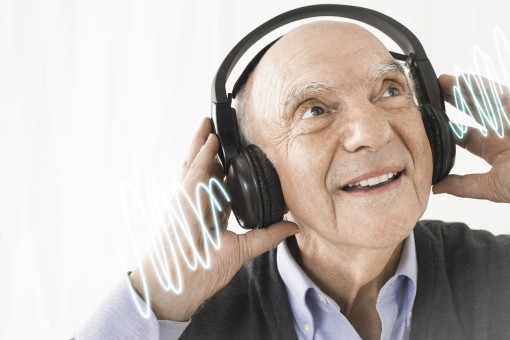
Dancing is associated with a significant reduction in the risk of dementia. It’s not sure whether it’s the physical exercise, the mental challenge of learning new moves, or the social aspect that helps, but it could be a synergistic effect of all three.
Music Therapy Songs: Moving On from a Failed Relationship
Pin It For those ladies who have been through a series of bad break ups with a guy that constantly “takes” and never gives back or for those ladies that need thatRead More…
Music Therapy Song: Destination Zero is Within You
Pin It SADDLEBACK MOUNTAIN by Bruce This is a song created and written by Bruce as a sequel to Castle Rock about heading for Saddleback Mountain. Therapeutic Elements: Feel good song aboutRead More…
Music Effects Us on a Cellular Level
Why does music have the power to move us in ways that run deep into our conscious being, to ring an emotion that touches our every sensory fibre and literally strikes a chord within our inner most soul entity?
“Music is the universal language of the world, it is an expression of the universe. Its powerful vibrations, rhythms, sounds and harmonies can effect humans and other sentient beings on a molecular level, therefore changing one’s moods and emotions.”
It touches our hearts in ways that cannot be explained, it can unite people in a way that connects them on a deeper level, it can create a feeling when put together with visual images.
It can be used to associate a particular time, event, milestone or memory in one’s life – so powerful that the same emotion that was unleashed when the song was first heard, can be relived as if it is happening again.
Music Therapy
Therefore the term MUSIC THERAPY can be used a buzzword that is over-played. Not only can it set the scene for a play, a movie or epic piece of art. But also the concept of producing, playing and singing music is therapeutic to one”s well being. One’s inner most emotion can be expressed through a piece of music, both lyrically and through a melody. Epic instrumental or classical music is more emotional than music with lyrics since it enables the listener to associate emotions, feelings and memories with a particular song – therefore making it even more personal. A bond is truly made between the creator and the listener of the piece of music. The delivery mechanism is just as powerful as the music itself in which it is played, aired, presented on stage, in person, in a studio, in a stadium or via the radio or on one’s personal sound device.
The Sony Walkman revolutionized music in a way that one could listen to it in private, as needed, in any surrounding, to past the time, to help get through a break up, to help get through exams and more. It became an instrumental part of our being, our inner soul entity that we are – and then on to CDs, MP3 players and of course the infamous iPod.
7 Notes of Music for 7 Chakras
Did you know that each of the 7 notes in music create harmonic balance to the 7 chakras (your endocrine glands and energy centres) in your body.
This means that music can literally “move” you or “change” your moods, cellular structure and overall healthy well being.
The power of music has the ability to heal people that are in distress, relieve pain to those suffering from a physical ailment and much more.
Music’s healing power over the body has also attracted attention from scientists who aim to test this ancient wisdom. A growing body of research supports the claim that music can alleviate physical pain. Studies have shown music to be an effective pain reliever, both on its own and as an addition in connection with other types of therapy.
Crown Chakra
Sound: Note “B”
Color: Violet
Meridian: Central and Governing
Location: Cerebral cortex
Physical Components: Right brain hemisphere, central nervous system, right eye
Glands: Pineal
Emotional Component: Attachment
Purpose: Understanding
Basic Rights: The right to know and to learn
Third Eye Chakra
Sound: Notes “A” & “Bb”
Color: Indigo
Meridian: Triple Warmer
Location: Forehead
Physical Component: Face, ears, eyes, nose, sinuses,
nervous system
Glands: Pituitary
Emotional Component: Illusion
Basic Rights: The right to see
Throat Chakra
Sound: Notes “G” & “G#”
Color: Blue
Meridian: Lung
Location: Throat
Physical Component: Jaw, neck, throat, voice, airways, upper lungs, nape of neck, arms
Glands: Thyroid
Emotional Component: Lies
Purpose: Communication and creativity
Basic Rights: To speak and hear the truth
Heart Chakra
Sound: Notes “F” & “F#”
Color: Green / pink
Meridian: Heart
Location: Chest
Physical Component: Heart, blood circulation, lower lungs, ribcage, skin, upper back
Glands: Thymus
Emotional Component: Grief
Purpose: Love and balance
Basic Rights: To love and to be loved
Solar Plexus Chakra
Sound: Notes “E” & “Eb”
Color: Yellow
Meridian: Stomach, Spleen, Small Intestine, Gall Bladder, Liver
Location: Solar plexus
Physical Component: Liver, digestive system, stomach, spleen, gall bladder, autonomic nervous system, muscles and lower back
Glands: Pancreas and adrenals
Emotional Component: Shame
Purpose: Transformation
Basic Rights: To act and to be an individual
Sacral Chakra
Sound: Notes “D” & “C#”
Color: Orange
Meridian: Bladder, Kidney and Large Intestine
Location: Lower abdomen
Physical Component: Pelvic area, sex organs, fluid functions, kidney and bladder
Glands: Testicles and ovaries
Emotional Component: Guilt
Purpose: Movement and connection
Basic Rights: To fear and to have pleasure
Root Chakra
Sound: note “C”
Color: Red
Meridian: Circulation / Sex and Large Intestine
Location: Base of spine
Physical Body Component: Spinal column, legs, feet, bones, teeth, large intestine
Glands: Adrenals
Emotional Component: Fear
Purpose: Foundation
Basic Rights: To be here and have
Music can Unite Mankind with the Inner Truth
Pin It “Music has the power to unite the brotherhood of mankind, and to bring to the surface – the truth about Life, Love and Light. “ Do you remember the originalRead More…
Music Therapy Song: Finding your Happy Place Within
Pin It CASTLE ROCK by Cecilia This is a song that Cecilia wrote and created with her brother Bruce on guitar and vocals about finding your happy place – that sits insideRead More…
Music Therapy Song: Music Productivity is an Outlet
Pin It The creation and production of music, whether it is lyrics writing or actual music creation is a therapeutic way to channel ones inner feelings, emotions, frustrations and messages. The productionRead More…
